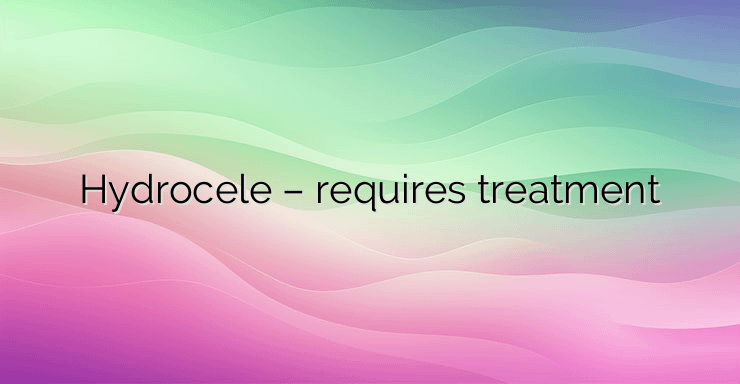Hey there! Ever heard of a hydrocele? It’s when there’s a collection of fluid between the layers of the testicle. Men aged 20-30 and boys under 5 are the most affected. Usually, it shows up on one side of the scrotum, but sometimes it happens on both sides, especially in newborns. There are two types: congenital and acquired.
In congenital cases, there’s an opening between the testicle and the abdomen that doesn’t close properly, so fluid gathers there. Acquired hydroceles can be caused by trauma, inflammation, or even tumors in the testicles. Heart failure can also lead to a hydrocele due to poor blood flow, causing fluid buildup.
So, what are the signs? Well, an acute hydrocele hits suddenly with pain, swelling, and redness on one side of the scrotum. You might feel a swelling with a firm texture, and the testicle might be pushed back and down.
Chronic hydrocele, on the other hand, develops slowly over time. The scrotum might take on a pear shape from the constant fluid buildup. The skin doesn’t get red like in acute cases, but it stays stretched and smooth. Sometimes, the testicle can’t even be felt due to all the fluid.
When it comes to diagnosis, a doctor will look for signs like a bulge in the scrotum that changes when touched. They might use methods like diaphanoscopy or ultrasound to confirm.
Now, let’s talk treatment. Acute hydroceles can often be managed with painkillers and a supportive bandage. Chronic hydroceles might need surgery or drainage through punctures and injections. Surgery involves removing the fluid, and it’s usually successful with minimal complications.
Puncture and injection methods are available too, but they’re not as common due to higher risks. If you suspect you have a hydrocele, it’s best to see a doctor. Treatment can help ease symptoms and prevent complications down the road.


Leave a Reply